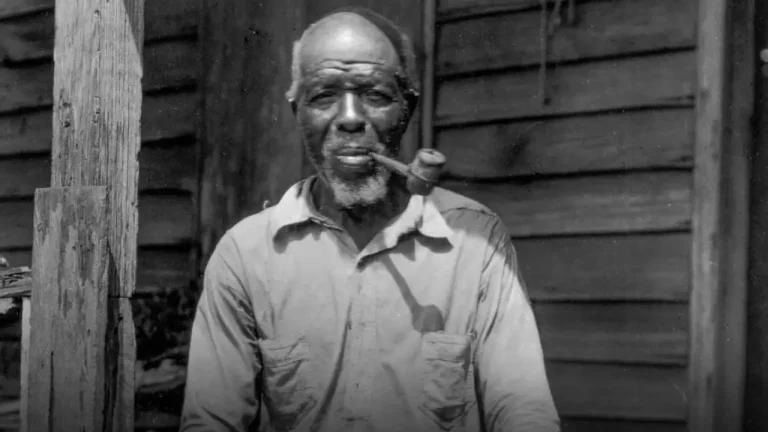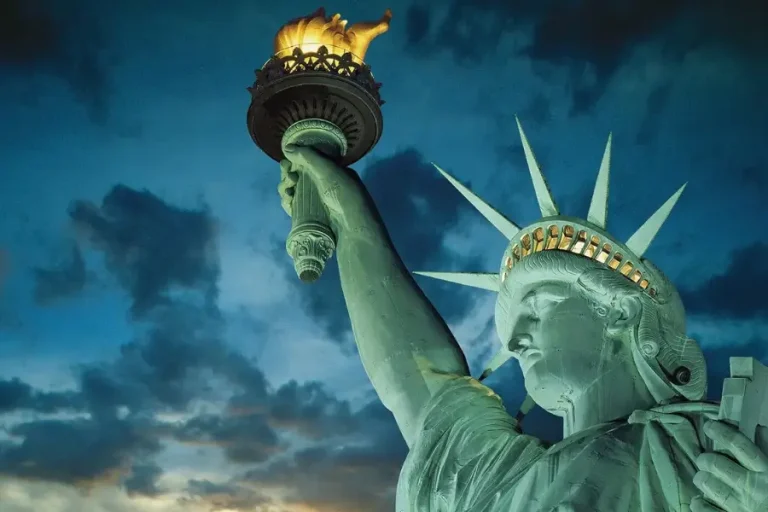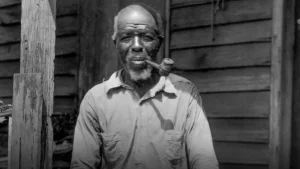“It was a conflict like no other, not only in its scale but in its impact. It is a story of human perseverance and profound division, one that transformed the very essence of a nation. This… is the story of the American Civil War.”
The year was 1861. The United States, a young and expansive nation, found itself at a critical juncture—its survival as a unified country was at stake. The cause? A deep-rooted conflict over the expansion of slavery into the western territories. Eleven Southern states, driven by this issue, seceded from the Union and formed the Confederacy. The nation, once united, stood divided.
The catalyst for this war came with the election of Abraham Lincoln, a staunch opponent of slavery’s spread. His victory led to secession, and by April 12, 1861, the war had begun with the bombardment of Fort Sumter. Over the next four years, the struggle would not only shape America’s future but define the course of its history.

with intelligence chief Allan Pinkerton (at left) and Maj Gen. John A. McClemand, a political ally. )
The Human Toll of War
The Civil War was unlike any seen before on American soil, resulting in an estimated 620,000 to 750,000 military deaths. Union veterans William F. Fox, Thomas Leonard Livermore and a few others presented the initial death count of 620,000 in the late 19th Century. It was a reasoned guess using an exhaustive examination of army documents, muster rolls, cemetery records, census records, pension records, and other resources and documents.

Dr. J. David Hacker’s Analysis (2011)
In a 2011 study, historian Dr. J. David Hacker revised the estimates of Civil War deaths, suggesting a toll as high as 750,000. Dr. Hacker published “A Census-Based Count of Civil War Dead” in the same year. This analysis underscored the profound demographic impact of the war, illustrating the scale of loss experienced by the American male population during that period.
“The first thing to stress is this is an estimate of the number of men missing in 1870. It is adjusted for possible census undercount and other things. It is not an estimate of the number of people who died on the battlefield. And why are these men missing? I think the only reasonable reason they’re missing is because of the Civil War.”’.
Hacker tells HISTORY.

“It even further elevates the significance of the Civil War and makes a dramatic statement about how the war is a central moment in American history.”
said Civil War historian Eric Foner.

It was a war of devastating consequences, not just in terms of life lost but in the irrevocable fracture it created within American society.
The toll on families was immense—soldiers often fought against their own kin. The conflict extended beyond the battlefield, leaving a lasting impact on households, relationships, and communities. Nearly every family experienced the loss of a loved one, a father, son, or brother—making the war not just a national but a deeply personal tragedy.

Key Battles and Their Consequences
The Battle of Gettysburg (July 1–3, 1863)
At Gettysburg, Pennsylvania, the Civil War reached a pivotal moment. It was a clash of immense proportions, resulting in over 50,000 casualties. Gettysburg was a turning point, halting General Robert E. Lee’s advance. This was the Confederacy’s last attempt to invade the North and it shifted the war’s momentum. The staggering loss of life here symbolizes the broader devastation of the war—a tragedy that shook the nation to its core.

The Battle of Antietam (September 17, 1862)
This battle stands as the bloodiest single day in American history, with around 22,000 casualties. It was more than just a conflict of arms; it was a precursor to a moral declaration. Following the Union’s strategic victory, President Lincoln issued the Emancipation Proclamation, transforming the war from a battle for the Union into a battle for freedom.
Siege of Vicksburg (May 18–July 4, 1863)
The Union siege of Vicksburg was a masterstroke of military strategy, securing control of the Mississippi River and effectively splitting the Confederacy. The river’s waters, once a lifeline for the South, now became a symbol of its fragmentation. The siege exemplified the Union’s industrial superiority, demonstrating the relentless tide of war.
Sherman’s March to the Sea (November 15–December 21, 1864)
General William Tecumseh Sherman’s strategy of total war saw a path of destruction from Atlanta to Savannah. This was not merely a march—it was an act of psychological warfare aimed at breaking the will of the South. The once-thriving Southern landscapes, now impoverished lands, bore witness to the conflict’s destructive reach.

The Human Cost and Family Separation
The Separation of Families
The war’s reach was not limited to the battlefield; it invaded homes and hearts. The sight of brothers fighting on opposite sides was not uncommon. Even Abraham Lincoln’s own family was divided, with four of his brothers-in-law fighting for the Confederacy. This division underscored the deeply personal nature of the war, as loyalties were tested and shattered.
Impact on African American Families
For African Americans, the Civil War represented both tragedy and opportunity. As Lincoln’s Emancipation Proclamation took effect, enslaved individuals began their journey to freedom. But the path was fraught with difficulty. Many freed slaves sought to reunite with lost family members, driven by a deep, undeterred hope. Newspaper advertisements, letters, and word-of-mouth searches became common, as the newly emancipated tried to overcome years of separation.
Reuniting After Slavery
The Reconstruction era brought its own set of challenges. While freedom had arrived, the struggle to rebuild lives was only beginning. Formerly enslaved individuals grappled with lost identities and a lack of documentation, making reunification with family a daunting task. Yet, their resilience shone through as they endeavored to forge new bonds and redefine their roles in a society that was still learning to accept them as equals.
On Jan. 30, 1884, the Butler Weekly Times presented the joyous news of freedpeople Aggie and Levi. The couple who had met during slavery in 1840, has reunited after 40 years apart. The two first met at a dance in Morgan County, Georgia tied the knot in 1843. Aggie and Levi separated after a year into their marriage. Mr. Sparks, who enslaved Levi moved to Polk County with Levi. Aggie couldn’t leave and had to continue her stay in Morgan County with her enslaver, Dr. E. E. Jones. However, they were reunited following the civil war.

| Image on the right is men of the U.S.S Mendota. It shows black sailors among the Navy Gunboat’s crew)
The Legacy of the American Civil War
Reconstruction Era (1865–1877)
The end of the war marked the start of Reconstruction—a time of reintegration and reformation. Southern states were gradually readmitted to the Union, and efforts were made to address the political, economic, and social challenges of a post-war society. However, it was a period marked by both progress and resistance, as newly freed African Americans sought to assert their rights in a transformed nation.
Abolition of Slavery
The Thirteenth Amendment, ratified in 1865, formally abolished slavery, representing a monumental shift in American history. But the struggle for equality was far from over, as African Americans continued to fight for civil rights and recognition in a society still divided by racial lines.
Impact on Modern America
The Civil War’s legacy continues to echo through the corridors of American society. It remains a focal point for historical debate, as scholars examine its cultural impact and the lasting effects of narratives like the “Lost Cause.” This war reshaped America, setting the stage for future struggles for civil rights and a more inclusive national identity.

Conclusion
The American Civil War was more than a conflict; it was a transformative chapter in the story of a nation. It reshaped not only the American landscape but also the nation’s identity, paving the way for ongoing struggles for freedom and equality. As we reflect on this pivotal period, it serves as a reminder of the costs of division and the enduring quest for unity.
Also read,











